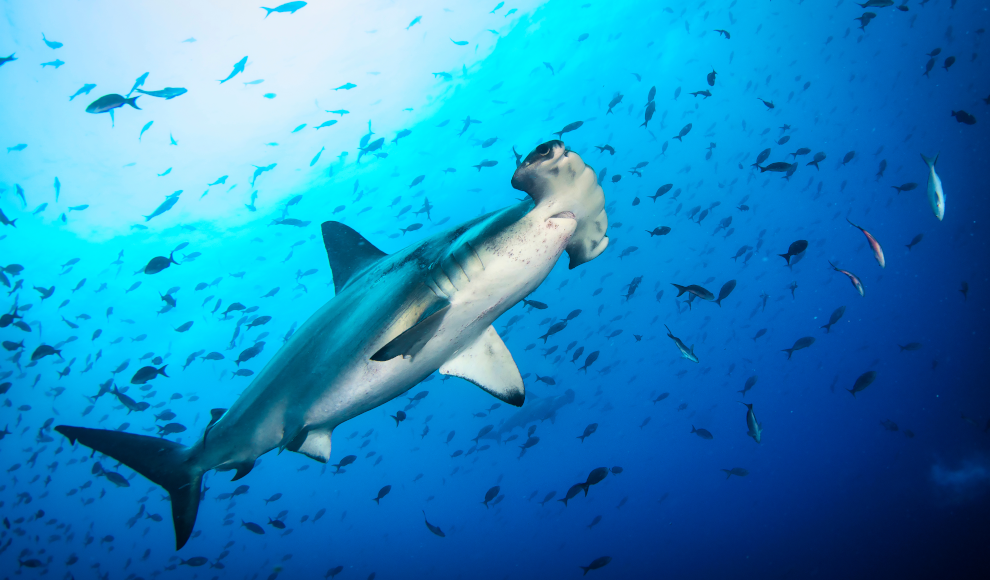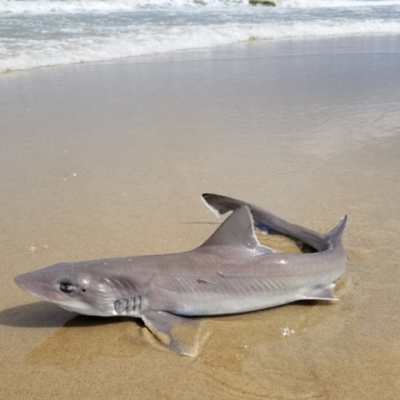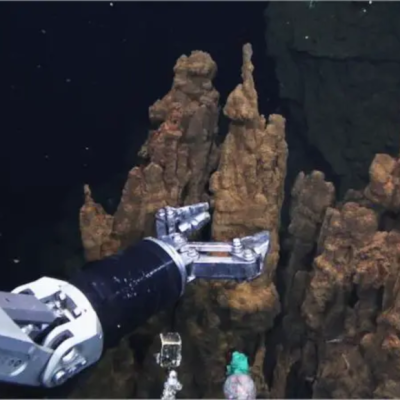Hammerhead sharks are known to venture into the cold depths of the ocean in search of prey, but how they maintain their body temperature during these dives has remained a mystery. Scientists at the University of Hawai?i at M?noa have developed a high-tech biologger that they implanted into adult sharks to monitor their body temperature, depth, water temperature, activity level, and movements. The researchers discovered that the sharks maintain an elevated body temperature, up to 20 degrees Celsius above the surrounding water, during the deepest part of each dive by essentially holding their breath. By closing their mouths and gills, they reduce the flow of cold water over their gills, minimizing heat loss caused by inhaling cold water. The rapid loss of heat on the return journey to warmer waters is likely due to the reopening of their gills and the resulting convective heat exchange.
Hammerhead sharks are ectothermic, meaning they regulate their body temperature based on their environment. This could be a biological barrier for large predatory marine animals that need to maintain specific body temperature conditions and venture into colder, deeper ocean regions to find food. The hammerhead shark, which typically inhabits the warmer waters of temperate and tropical coastal zones, regularly dives to depths of more than 800 meters, where water temperatures can reach as low as 4 degrees Celsius, to hunt for prey. Despite lacking morphological and vascular adaptations that could contribute to active heat retention, the sharks are able to maintain their body temperature during these frigid deep-sea dives.
The researchers believe that the sharks’ breath-holding tactic could be widespread among other bonefish-like species living in the epipelagic zone, given the effectiveness of the strategy and the strong selection pressures that influence behavior and physiological heat regulation. The study sheds light on the remarkable adaptations of marine animals to their environment and highlights the importance of understanding these adaptations for conservation efforts.










